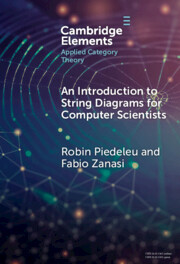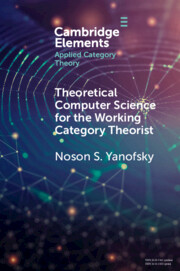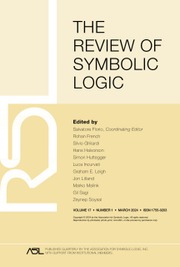An Introduction to String Diagrams for Computer Scientists
String diagrams are a powerful graphical language used to represent computational phenomena across diverse scientific fields, including computer science, physics, linguistics, amongst others. The appeal of string diagrams lies in their multi-faceted nature: they offer a simple, visual representation of complex scientific ideas, while also allowing rigorous mathematical treatment. Originating in category theory, string diagrams have since evolved into a versatile formalism, extending well beyond their abstract algebraic roots, and offering alternative entry points to their study. This text provides an accessible introduction to string diagrams from the perspective of computer science. Rather than starting from categorical concepts, the authors draw on intuitions from formal language theory, treating string diagrams as a syntax with its own semantics. They survey the basic theory, outline fundamental principles, and highlight modern applications of string diagrams in different fields. This title is also available as open access on Cambridge Core.
Product details
May 2025Adobe eBook Reader
9781009625739
0 pages
This ISBN is for an eBook version which is distributed on our behalf by a third party.
Table of Contents
- 1. The Case for String Diagrams
- 2. String Diagrams as Syntax
- 3. String Diagrams as Graphs
- 4. Categories of String Diagrams
- 5. Semantics
- 6. Other Trends in String Diagram Theory
- 7. String Diagrams in Science: Some Applications
- References.






